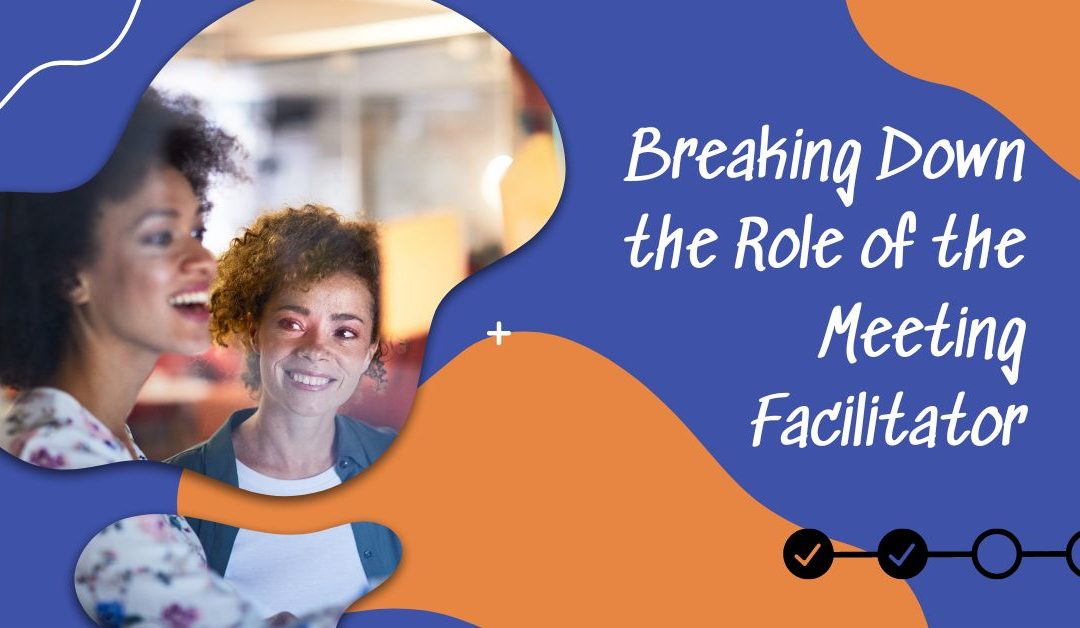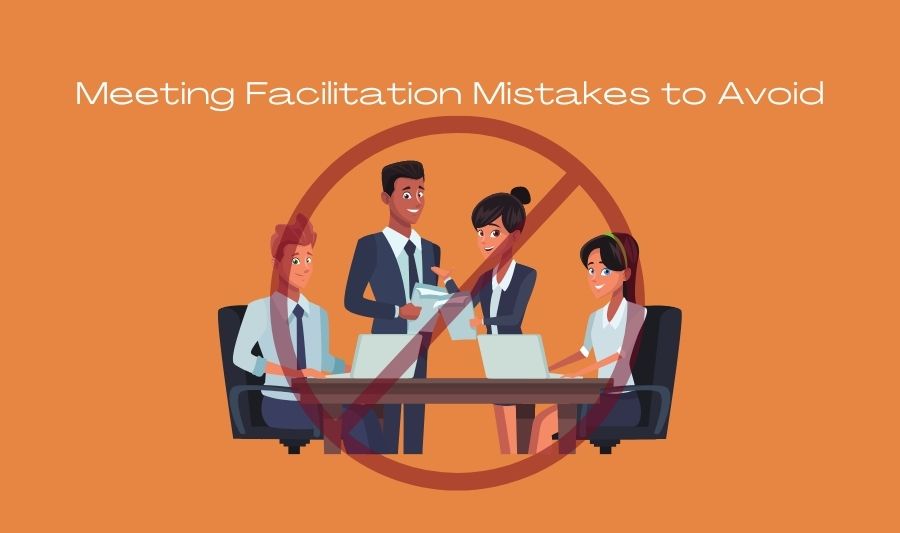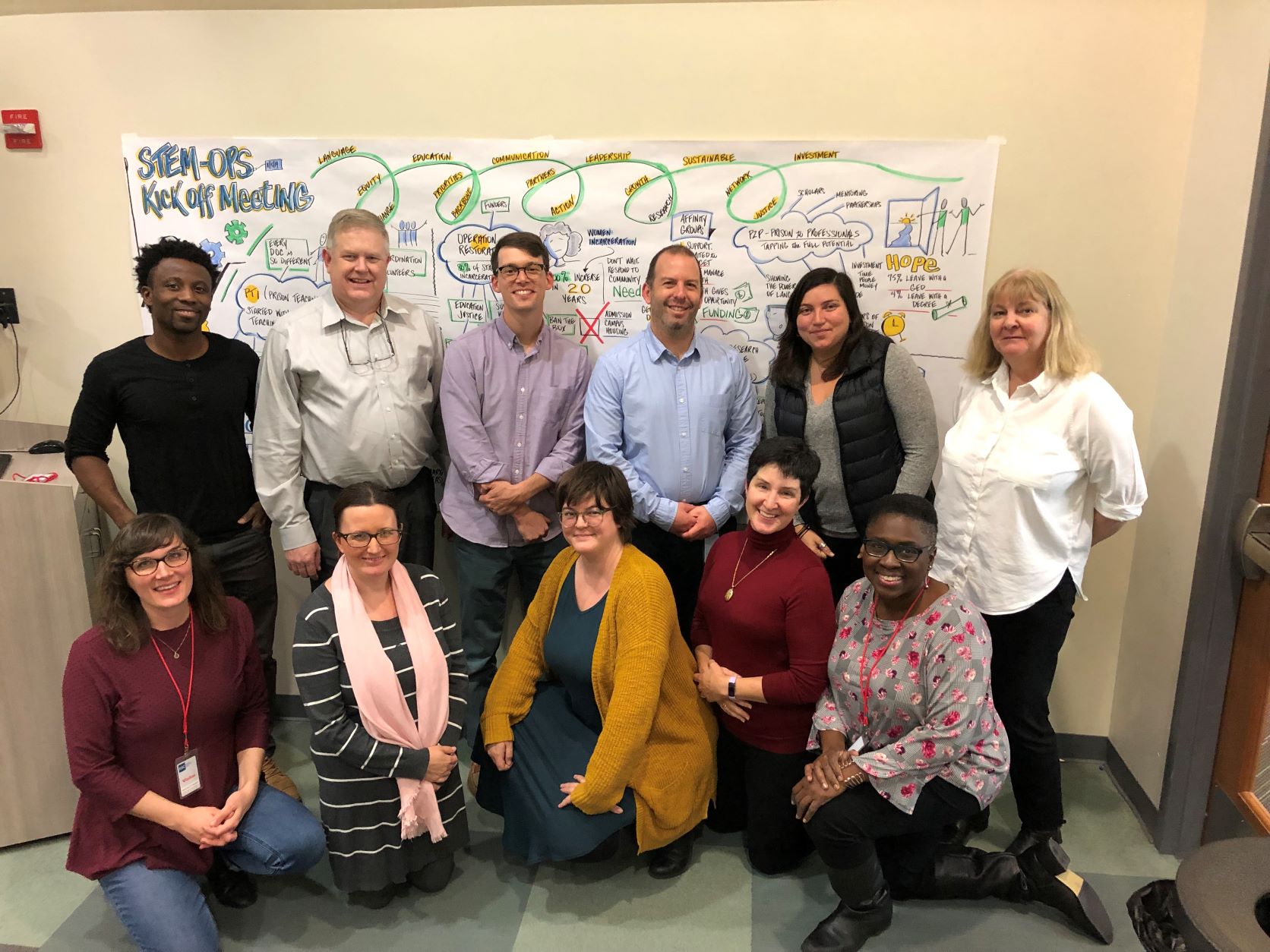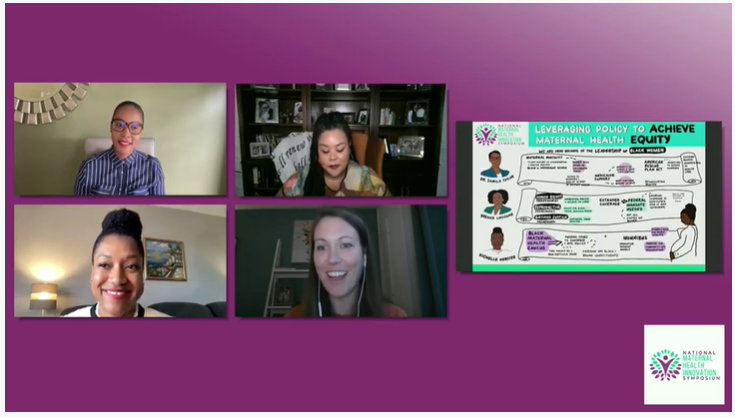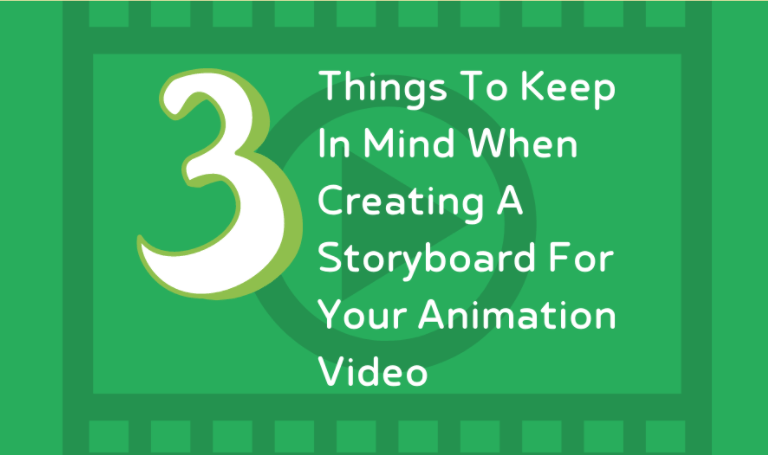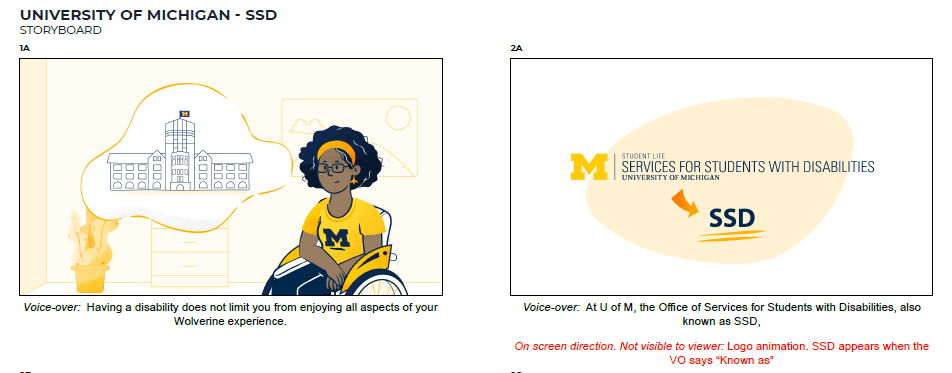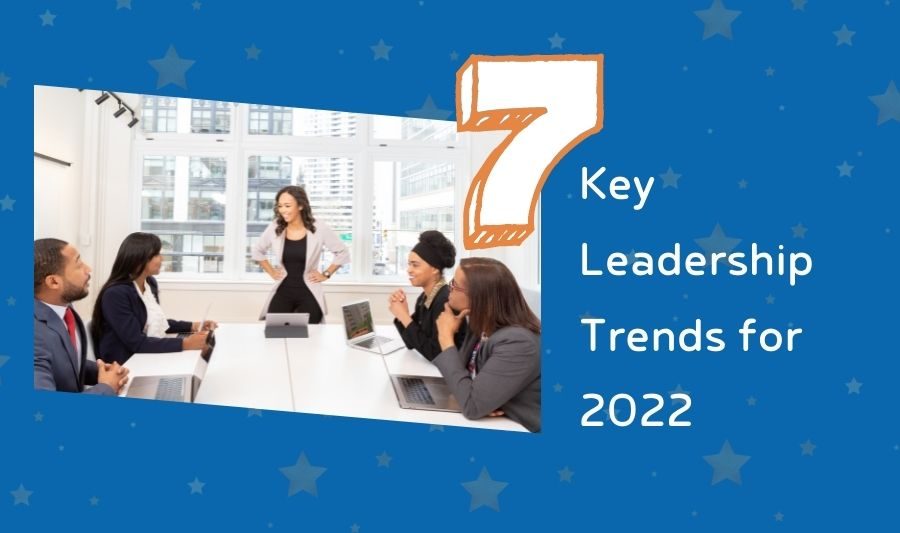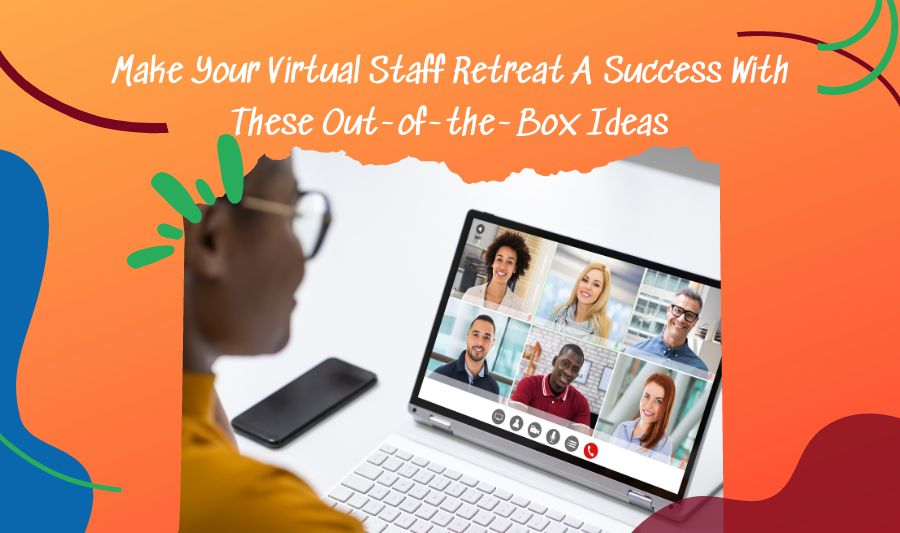
Make Your Virtual Staff Retreat A Success With These Out-of-the-Box Ideas
After two years of virtual everything, we understand the screen fatigue. People want to retreat from Zoom, not go on a virtual retreat on Zoom. But don’t blame the virtual platforms. Virtual meetings, events, and staff retreats don’t have to play second fiddle to in-person meet-ups. A virtual savvy tech host and a consultation with experts like See in Colors can elevate your virtual staff retreat to one that’s memorable in all the right ways.
Whether you’re hosting a mid-year retreat to rally your team to dig deep through the end of the year, or planning an end-of-year celebration, here are the three components that make for a successful, impactful, and dare we say it…fun virtual staff retreat.
1. Create a Theme
Now we’re talking. Themes are great for unifying an event and getting people off the sidelines and into the action. Develop a comprehensive theme that lends itself well to teams, events, activities, and competitions. A retro theme offers opportunities for costumes, old-school music, and nostalgic TV quizzes. A sports theme brings out people’s natural competitiveness, and can be plenty of fun if you opt for less conventional sports. A theme is great for setting the intention of your time together, while also encouraging participation and good-natured competition. Choose one that’s inclusive and that will resonate with your team.
2. Celebrate the Wins
Too often in day-to-day life, we fail to celebrate the wins – big and small. A virtual staff retreat is the ideal time to cheer on team members who have made a difference, met milestones, or who have done great things within (or outside of) the company. Schedule an award ceremony (formal attire recommended) to cap off your event, as well as daily “awards” to help start each day off on the right note. These can be serious or silly, or a mix of both. By the way – just because the event is virtual doesn’t mean the awards have to be. Arrange to have a small gift or novelty trophy sent to each team member’s address with details of their award.
3. Add Some Entertainment
Sure, staff retreats are a place to come together and do business, but you can’t be all business, all the time! Book entertainers from all walks of life to entertain your team, keep them engaged, or help them tap into their creativity and communication skills. Turns out fun and professional growth go hand in hand! At See in Colors we’ve seen great results including magicians, improv coaches, mindfulness instructors, wellness coaches, and even book authors. These all offer a refreshing perspective that can help your team feel re-energized and excited about how they approach their work.
If a virtual staff retreat is on your to-do list of things to arrange, make sure it’s a good one. Talk to See in Colors about how to ensure your virtual retreat is one everyone will be happy to log on to.

